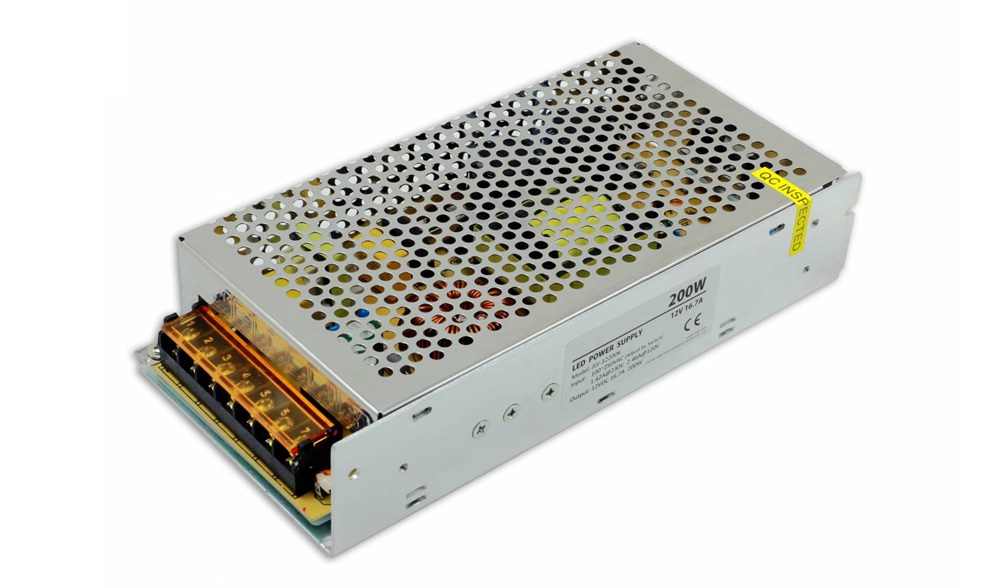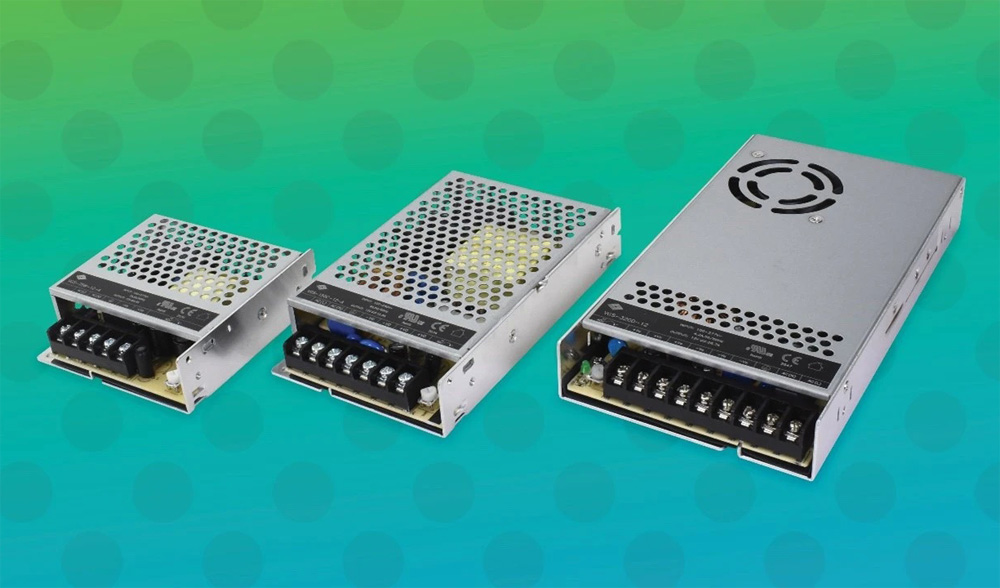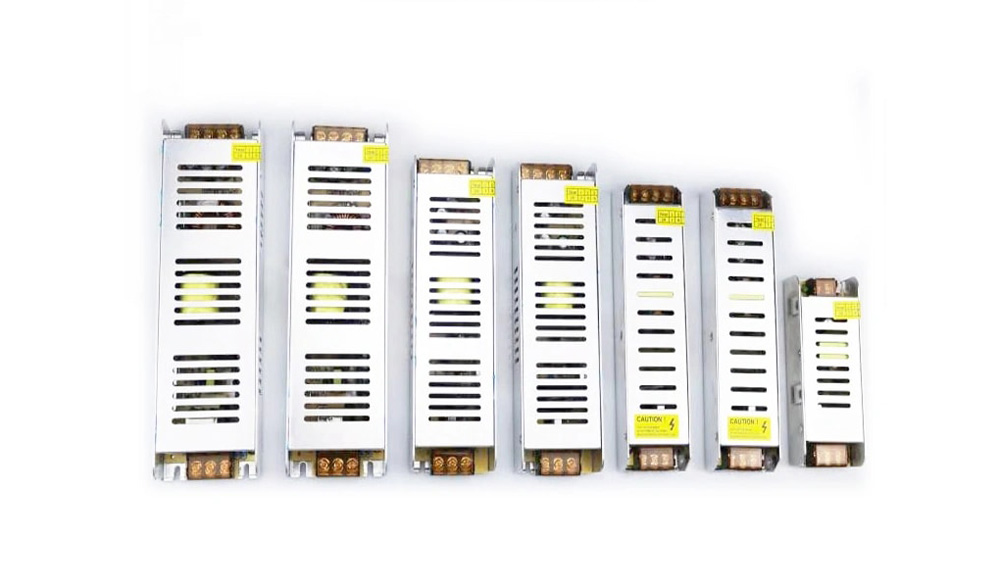A switching power supply, also known as SMPS, serves as a transformative element that converts electrical power for various electronic devices. Contrasting its predecessor, the linear power supply, a switching power supply offers improved efficiency and reduced bulkiness. Despite its more intricate operation, it brings forth significant benefits that contribute to the longevity and optimal performance of electronic devices.
What is a Switching Power Supply?
A switching power supply plays a crucial role as the core component of any electrical device by providing power to its circuits, enabling their operation. Electrical devices are designed with diverse types of circuits, each requiring a specific range of power to function effectively.
With the use of a switching power supply, it will efficiently fulfill the crucial task of delivering power within the required range for a given application. In many instances, different types of switching power supplies are employed within a single application to cater to the distinct power needs of various circuits. This convenience stems from the fact that the switching power supply itself is an electronic circuit that leverages other electronic components, such as inductors or capacitors, to convert and transform power from one form to another.

Types of Switching Power Supplies
Below are the specifications of the 4 primary types of switching power supplies that are utilized in various situations:
1. DC-DC Converter
The first type involves filtering and modifying the power input from the AC main. Subsequently, this power is swiftly switched and directed as input to the step-down transformer. The filtered output is then routed to the secondary transformer before being transmitted to the power supply for final output.
2. Forward Converter
In this particular SMPS configuration, the current of the transistor is carried during its off stage. The diode within a switching power supply is responsible for conducting the current when the device is in the off or inactive state. The choke, in turn, carries this current and stores the energy intended for the output load.
3. Flyback Converter
Within this SMPS design, a magnetic field is utilized to store the current when the device is operational. The power is subsequently directed to the voltage circuit to generate the desired output. This process occurs when the switch is open to allow the transmission of the output voltage.
4. Self-Oscillating Flyback Converter
Among the various types of switching power supplies, this particular one operates on a simple and fundamental principle. The current within a switching power supply flows through a transformer, steadily increasing with a continuous slope during the conduction period of the switching transistor.
The Advantages of Using a Switching Power Supply
A switching power supply offers more than just current conversion, although that is its primary function. It significantly enhances overall efficiency, providing additional benefits. It effectively transforms the current from one form to another and optimizes it for improved amperage. Notably, despite its multifaceted operations, a switching power supply also generates minimal heat output.
Previously, linear power supplies were employed for similar purposes as switching power supplies. However, linear power supplies tended to generate excessive heat. In contrast, a switching power supply does not exhibit this issue, allowing for efficient heat dissipation. Furthermore, switching power supplies can be conveniently mounted to a heat sink using the provided mounting holes.
It is widely recognized that safeguarding electrical devices from high temperatures can greatly enhance their longevity and maintain consistent performance. By effectively managing the temperature, you can significantly extend the device’s lifecycle, ensuring optimal functionality over an extended period.
For more advantages of using switching power supplies, please go to: Switching Power Supplies: Working Principle, Benefits and Applications

Applications of Switching Power Supplies
The operation of a switching power supply relies on the utilization of different types of semiconductors, including diodes and transistors, among others. These components play a crucial role in transforming the current within the switching power supply. The application of switching power supplies enables numerous functionalities, including but not limited to:
- Laptop and computer motherboards
- Mobile phone chargers
- Telecommunications equipment
- Arc welding equipment
- Medical test equipment
- HVDC measurements
- Space station
- Central power distribution
- Security systems
- Consumer electronics
How to Choose the Right Switching Power Supply?
The design and circuitry of a switching power supply can vary in complexity or simplicity depending on the specific application or desired process. The load of the current that it will be handling also influences the design considerations. However, with some basic tips and requirements in mind, it is possible to identify and select an appropriate switching power supply for a given application.
Use Compact Components
In the manufacture of switching power supplies, the utilization of smaller and micro components allows for optimal performance and adherence to standard requirements.
Select the Best Filter Technology
The primary function of a switching power supply is to establish a connection and supply power to the load. To achieve this, effective filtering technology is essential.
Sufficient Heat Dissipation
A switching power supply has the potential to generate heat, which can accumulate in specific areas, creating hot spots within the device. To ensure proper functionality and prevent overheating, thermal management is crucial. This involves implementing effective heat transfer mechanisms and maintaining a balance in the distribution of accumulated heat.
Material Used in Switching Power Supplies
To maximize the performance and efficiency of a switching power supply, it is essential to ensure that it incorporates the appropriate materials specifically suited for the intended application.
Adequate Copper Thickness
The thickness of copper plays a critical role in preventing damage to the equipment. Insufficient copper thickness can lead to potential harm and detrimental effects on the functioning of the equipment.

Benefits of Using Switching Power Supplies
A switching power supply demonstrates remarkable efficiency, typically ranging from 80% to 90%. Its compact nature is primarily attributed to the small size of the transformer used. Furthermore, a switching power supply generates minimal heat, eliminating the need for extensive thermal solutions and contributing to its overall compact design.
Switching power supplies offer flexibility with technologies like buck converters, boost converters, and the versatile buck-boost converter.
One significant advantage is the cost-effectiveness of switching power supplies, as their low heat generation reduces the need for expensive thermal management solutions, resulting in cost savings.
Conclusion
Switching power supplies are widely employed for efficient conversion of electrical power. As electronic devices necessitate varying voltage and current levels for operation, a switching power supply will become essential. To acquire a switching power supply, the easiest way will be to purchase online. Power1986 is your ideal purchasing site for switching power supplies, as well as car battery charger, USB A/C fast chargers, and DC-AC power inverters.
For more information, please visit Power1986 or feel free to Contact Us directly!
